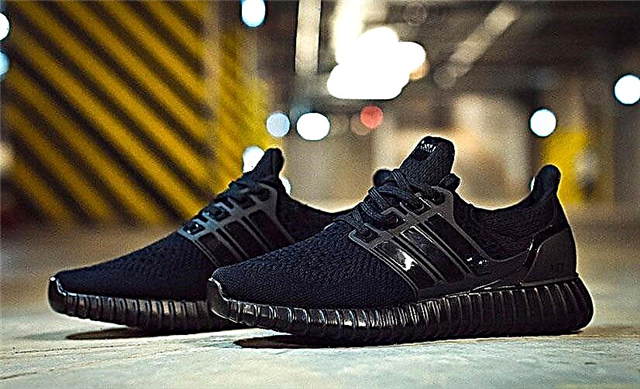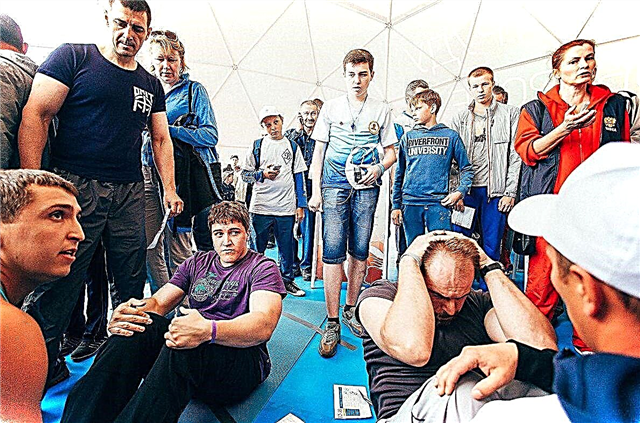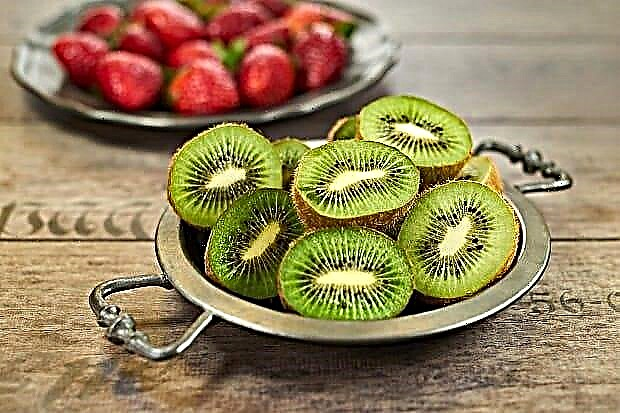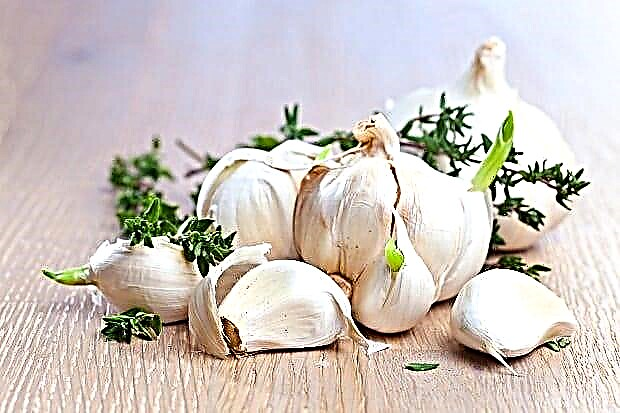Warming ointments are used for local treatment, most often for the purpose of pain relief for various diseases of the joints, muscles, ligaments, tendons and other parts of the musculoskeletal system. Such funds relieve swelling well in inflammation, reduce the intensity of pain, and activate blood circulation in the affected area.
They can also be used for mechanical damage, for example, bruises, but they are usually prescribed when the injury is already healing. Also, some "experts" recommend the use of warming ointments and creams to combat cellulite and reduce body fat in problem areas, but such methods are not scientifically substantiated.
Operating principle
The components of the ointments do not penetrate deeply into the skin, the active substances launch a number of processes on its surface that help relieve puffiness, inflammation, etc. Blood flows more actively to the area where the balm or cream is applied, due to which the familiar warmth is felt by everyone. Due to the increased blood circulation, metabolic processes are improved, the penetration of necessary substances and oxygen into the cells increases.
In addition, the active substances of warming external agents act on pain receptors, blocking the passage of a nerve impulse. With this, an analgesic effect is achieved, soft tissues relax, discomfort disappears.

It is believed that due to increased blood circulation, these ointments are also effective in combating excess fat and the manifestations of the so-called "orange peel". However, the processes occurring during the development of cellulite affect the deeper layers of tissues, into which the components of ointments and creams do not penetrate. At the same time, the activation of blood circulation can really give some effect if you combine their use with the necessary physical activity.
Types and composition
Warming agents can be of synthetic or vegetable origin. The difference is that the former, as a rule, contain no more than two or three active components. These substances are added in fairly high concentrations and are selected in such a way as to complement and enhance each other's action. Herbal ointments contain several (sometimes up to 20) components at once. They are present in low concentrations, and their effect is achieved through a combination of the mild action of each.
The main components of warming ointments are:
- non-steroidal anti-inflammatory drugs (ibuprofen, diclofenac, nimesulide);
- anti-inflammatory agent, the place of application of dimexide or dimethyl sulfoxide;
- the alkoloid capsaicin (found in hot pepper);
- bee or snake venom;
- terpenes and terpenoids (camphor, turpentine);
- plant extracts.
Chondroprotectors should be distinguished into a separate group, i.e. drugs for the treatment of joints and bones. They are:
- First generation: preparations of natural origin based on animal or plant cartilage extracts.
- Second generation: monopreparations that contain one of the following substances - glucosamine, chondroitin sulfate or purified hyaluronic acid.
- Third generation: combined action agents such as glucosamine with chondroitin sulfate, sometimes other components are added.

It should be noted that clinical studies of chondroprotectors have shown that they are effective in protecting cartilage, but practically useless for its restoration.
Indications
Doctors prescribe warming ointments for:
- inflammation of the joints;
- arthrosis;
- osteochondrosis;
- lumbago;
- radiculitis;
- intervertebral hernias;
- intercostal neuralgia;
- other rheumatic diseases;
- joint pain as a reaction to hypothermia.
Athletes use these ointments to prepare muscles for intense workouts. Due to the action of active components, muscle tissues are warmed up before exercise, and, as a result, are less damaged, which prevents their stretching and injury. Means of such an action help relieve fatigue and tension from muscles after exercise.

Warming ointments are also prescribed for various mechanical injuries of the musculoskeletal system (dislocations, bruises, tears and ruptures of the ligaments). However, these funds cannot be used immediately after injury.
First of all, for anesthetic effect and relieve inflammation, it is recommended to use ointments with a cooling effect, for example, with menthol. It relieves pain. In addition, a cold compress can be applied to the damaged area. Such measures reduce the area of inflammation, relieve tissue swelling, and have an analgesic effect. After a few days, the doctor will often prescribe warming ointments to further treat the injury.
Contraindications
It is unsafe to use ointments with a warming effect if a person suffers from intolerance to the components of the product or allergic reactions. The active substances of these drugs have a strong effect on the skin, therefore, they can provoke rather intense negative reactions.
It is not recommended to use warming ointments for people with thin and sensitive skin. Application can cause irritation, redness, discomfort and soreness. The reaction can be very pronounced, up to a burn.

You can not use these ointments and for arthritis that have an infectious etiology or occur with the addition of an infection. With such pathologies, the local temperature rises, and the use of the drug will only enhance this reaction. At high temperatures, some infectious agents will multiply even faster, which will aggravate inflammation and can lead to the development of a purulent process.
Do not apply ointments to damaged skin if there are wounds, scratches, or other injuries. In this case, the active components will provoke an increase in pain.
It is not recommended to use warming ointments for people suffering from skin pathologies manifested in the form of pustules or other formations and skin rashes.
Possible side effects
The most common adverse reactions when using external agents are rash, redness and itching, provoked by an allergy to the components of the drug. If, after application, negative skin reactions are observed, immediately wash off the remnants of the product with water, and then treat the skin with vegetable oil.
If the instructions for use are not followed, more pronounced side effects may occur: severe allergic reactions, dizziness, weakness.
The best products with a warming effect
In the rating of warming ointments used by athletes, the following drugs occupy the first positions:
Nikoflex
A combined agent with a local irritating and analgesic effect, contains capsaicin, as well as compounds that reduce the inflammatory process and tissue swelling, does not burn, does not cause discomfort.
Capsicam
Contains dimethyl sulfoxide, camphor and gum turpentine, has anesthetic, vasodilating, irritating effect.
Finalgon
It contains two active substances: nonivamide (analogue of capsaicin, obtained artificially) and nicoboxil (enhances the effect of nonivamide), the agent has a vasodilating effect, stimulates skin receptors, thereby maintaining a prolonged feeling of warmth.
Gay ben
Anti-inflammatory gel, contains methyl salicylate and menthol, relieves muscle pain well, helps to overcome fatigue after intense workouts.
Apizartron
Healing ointment based on bee venom, also contains methyl salicylate, relieves inflammation, reduces the intensity of pain, however, it has a sharp, memorable and rather unpleasant odor.
Viprosal
The product contains several active components at once (viper venom, camphor, turpentine, salicylic acid), has a local irritating effect, relieves pain, dilates blood vessels, which improves the nutrition of the affected tissues.

Other means
Also good warming ointments are:
- Bystrumgel, Fastum gel, Valusal, Ketonal, Ketoprofen Vramed - all preparations contain ketoprofen, non-steroidal anti-inflammatory drugs. They are prescribed for pain in the joints and back, inflammation and swelling of soft tissues.
- Voltaren Emulgel, Diklovit, Diclofenac - all products contain the main active ingredient diclofenac. It also belongs to the class of NSAIDs, has pronounced analgesic, anti-inflammatory and antipyretic effects.
- Menovazine - belongs to the group of local anesthetics in combinations. There are three main active ingredients: benzocaine, procaine, racementol.
- Troxevasin, Troxerutin Vramed - the main substance of these ointments is troxerutin. Refers to the pharmacological group of angioprotectors and microcirculation correctors (i.e. drugs that increase blood flow in small vessels and capillaries, reduce their fragility and fragility, improve blood flow);
- Espol - contains capsicum fruit extract. Refers to a group of local irritants of herbal origin.
- Balm Efkamon with a warming effect - contains many components, including menthol, camphor, methyl salicylate, eucalyptus, mustard and clove oil, tincture of paprika, synthetic thymol, hydrochloride, etc. Has a local irritating effect.
- Sofia cream - contains bee venom.
- Venoruton-gel is an angioprotective agent, contains rutoside.
- Dolobene, Traumeel S - the three main components are sodium heparin, dexpanthenol and dimethyl sulfoxide. They have anti-inflammatory, decongestant and local analgesic effects.
The most effective homeopathic remedies:
- cream-balm Zhivokost;
- Traumeel S;
- Zeel T (Objective T);
- balm Sabelnik;
- gel-balm Comfrey.
The use of warming ointments
It is necessary to use warming ointments with caution, given the possible consequences. If we are talking about the treatment of diseases of the musculoskeletal system or injuries, then the appointment of all drugs, including for external use, is carried out by a doctor after examination and examination. Independent and uncontrolled use can lead to an aggravation of the pathological process.
For the treatment of ointments, they are used in courses, the duration of which is also determined by the doctor. As a rule, the remedy is prescribed for 1-2 weeks, until the symptoms disappear completely and cure. It is applied to the affected area 2-3 times a day. You can do a light sports massage to enhance the effect.
Warming creams are not applied under tight, pressing bandages, since prolonged exposure to the skin without air access will provoke a chemical burn. For better warming, it is permissible to briefly cover the treated areas of the skin with a cloth that is well breathable.
Ointments with a warming effect can be applied exclusively to the skin, and it should not be damaged. Contact with mucous membranes is very painful and can adversely affect their condition. If this happens by accident, you should immediately wash off the product with water.
All external ointments have a symptomatic effect: they relieve pain, reduce the external manifestations of inflammation. However, they do not in any way affect the course of the pathological process and do not eliminate the causes of the disease.
Instructions for use for athletes
Before training, it is necessary to apply 2-5 mg of ointment to those areas where the working muscles are located.
- If it is supposed to train the legs, then the ankles, knee joints are processed, the product is distributed over the thigh surfaces, legs and feet.
- Before a general workout, it is recommended to do a massage with a warming ointment, working out the back muscles from the neck to the lower back, the collar zone, shoulders and arms, and legs.
It should be remembered that sweat enhances the effect of active substances. Therefore, if you sweat a lot, you need to select a drug with a milder effect. Otherwise, severe burning and pain may occur. It is important to select a warming ointment, taking into account the type of skin, since too active components, enhanced by the action of sweat, can provoke a chemical burn.









